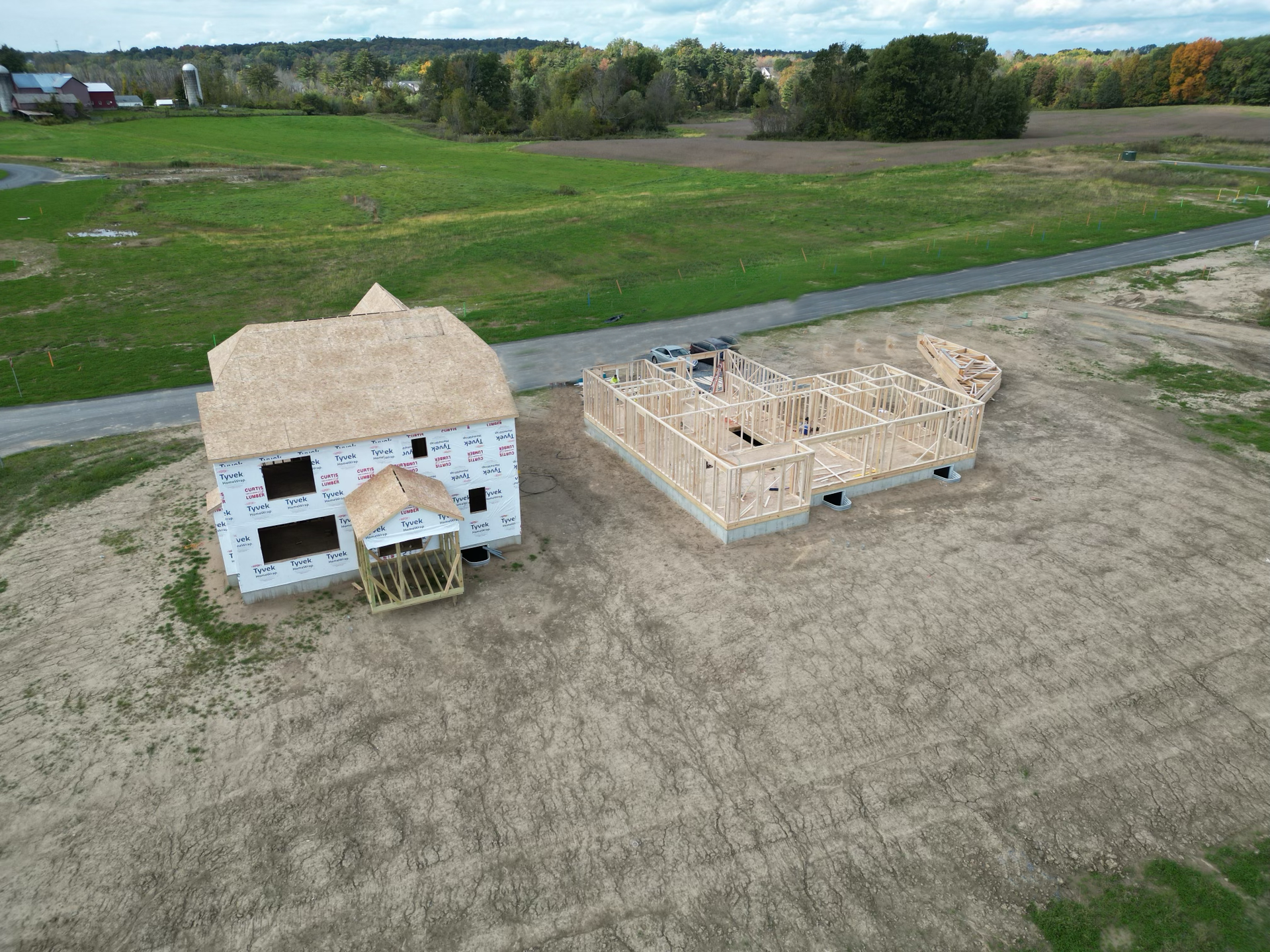Sheet Rock Repair: How to DIY
It’s bound to happen eventually; a doorstop fails to stop a door, a tub overflows and causes some cosmetic water damage, or a teenager just thinks hockey in the hallway sounds like a great idea… at some point, you’re going to be dealing with damage to your sheet rock. People often wonder how it is that we make a wall or ceiling look as good as new in situations like these so today we’re going to take you through our process.
There really is no simple answer to “how do you repair sheetrock?” It really depends on the damage itself and how much area we’re covering. Typically though, the first step in patching a hole in your sheetrock is to actually make the hole a little bigger and sizing it to a patch piece (not the other way around). By cutting the hole to fit the patch, you can ensure a clean and uniform fit when you set it in place.
Once the hole has been cut, we’ll secure some wood behind it so we have something to attach the patch to. From there, we trowel some joint compound over all the cracks, seams and screw heads and then overlay the wet putty with a little bit of window screen to prevent the patch from cracking, and finish it off with even more joint compound. The next day, we put on another thin layer of “mud”, smooth it to be flush with the wall, and then, once it’s dry, sand it down and paint it.
When it’s all said and done, you would be hard pressed to point out where the original wall stops and the patch begins! With a little time and a good bit of putty, we can have your wall looking like new!
Share














